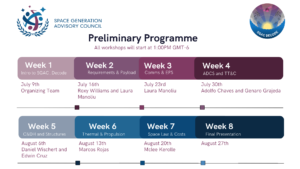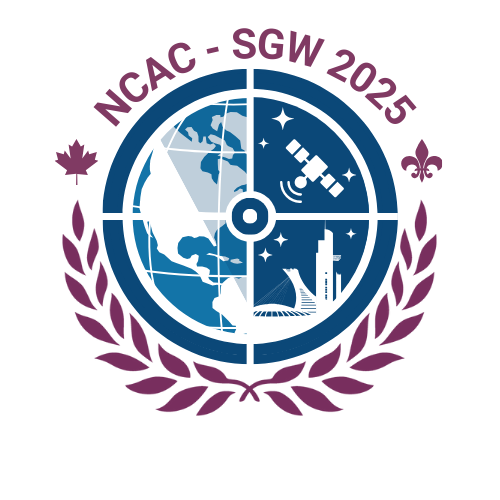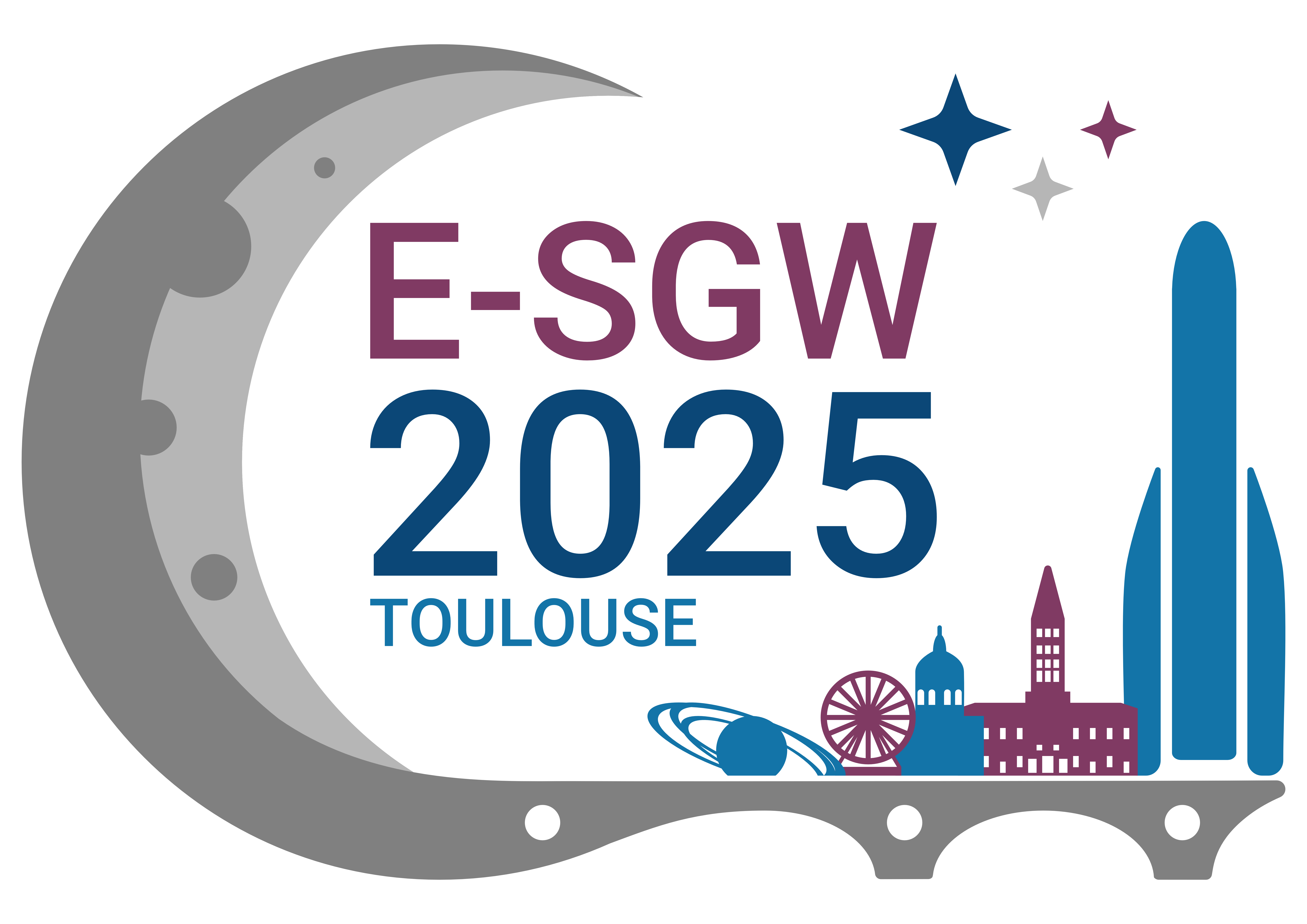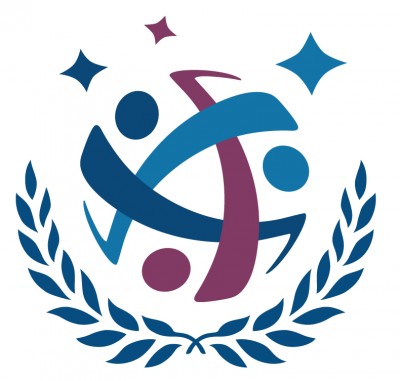SGAC_Decode 2022 will be held virtually from July 9th to August 27th
Below is the preliminary programme and topics to touchdown during the event.
8 weeks of work, learning and of course Decoding a solution to a problem using CubeSat will be the outcome of the event. We will not only have a competition but we also want you to discover the diversity that exists in the space sector. We want you to see the different fields in which you can build a career in the space sector which is why we have also prepared three guest speakers with roles in different fields in the space sector.
One of the main goals of the competition is to motivate, encourage and inspire!, which is why we bring for you guest speakers who will share their journey to get involved in the space sector as well as about their work in the space industry.
Here are also our judges who will be evaluating the final presentations or mission designs from each team:
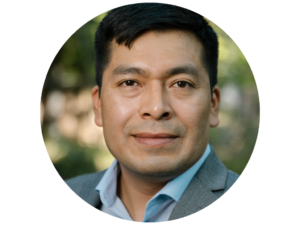
Filo Gomez
Researcher at NASA Earth Science Division – SERVIR
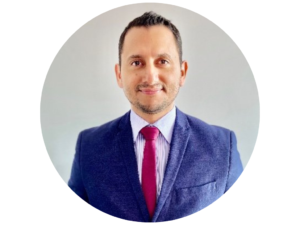
Angel Arcia Gil
NCAC SGAC Regional Coordinator & PhD. Candidate in Aerospace Technologies
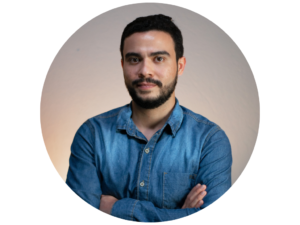
Italo Pinto Rodrigues
Electrical engineer & PhD. student in Space Engineering and Technology
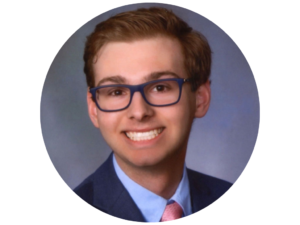
Nicholas Florio
Aerospace Systems Engineer at Blue Origin
Meet our Guest Speakers:
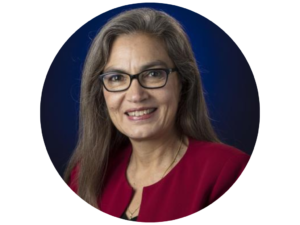
Sandra Cauffman
Astrophysics Division Deputy Director at NASA Headquarters
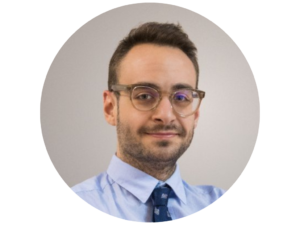
Matteo Capella
Space and Telecommunications Regulatory Affairs Specialist at Leaf Space
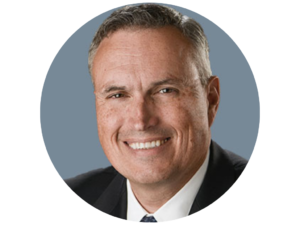
Liam Weston
Business Development Executive at Raytheon Technologies
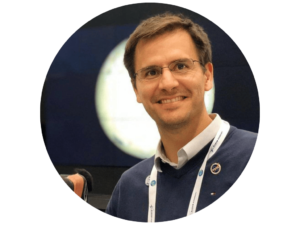
Andres Mora
Robotics Engineer, Astrobee Facilities at NASA Ames
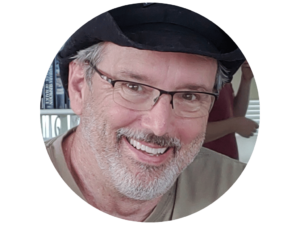
Mike Conroy
Senior System Engineering – Modeling and Simulation, NASA Exploration Team
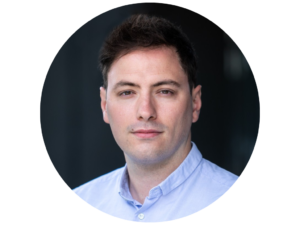
Marcelo German Boldt
Research Engineer at German Aerospace Center (DLR)

